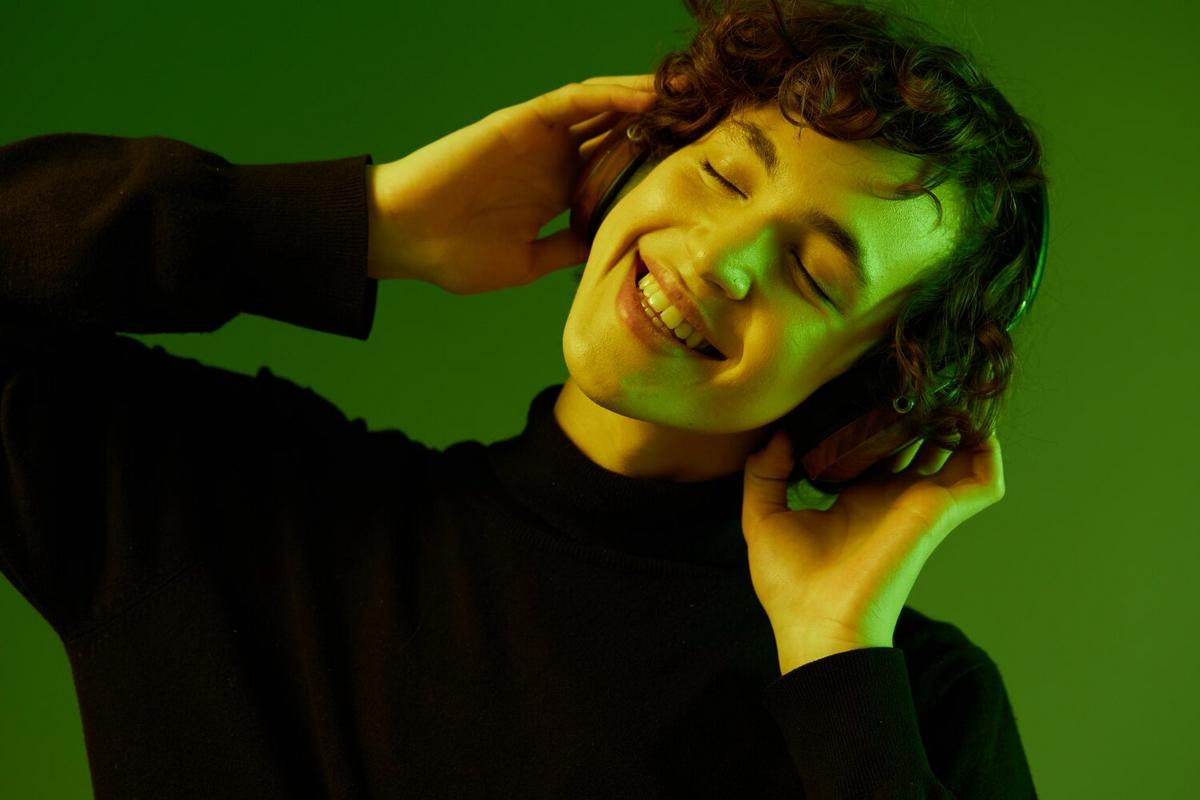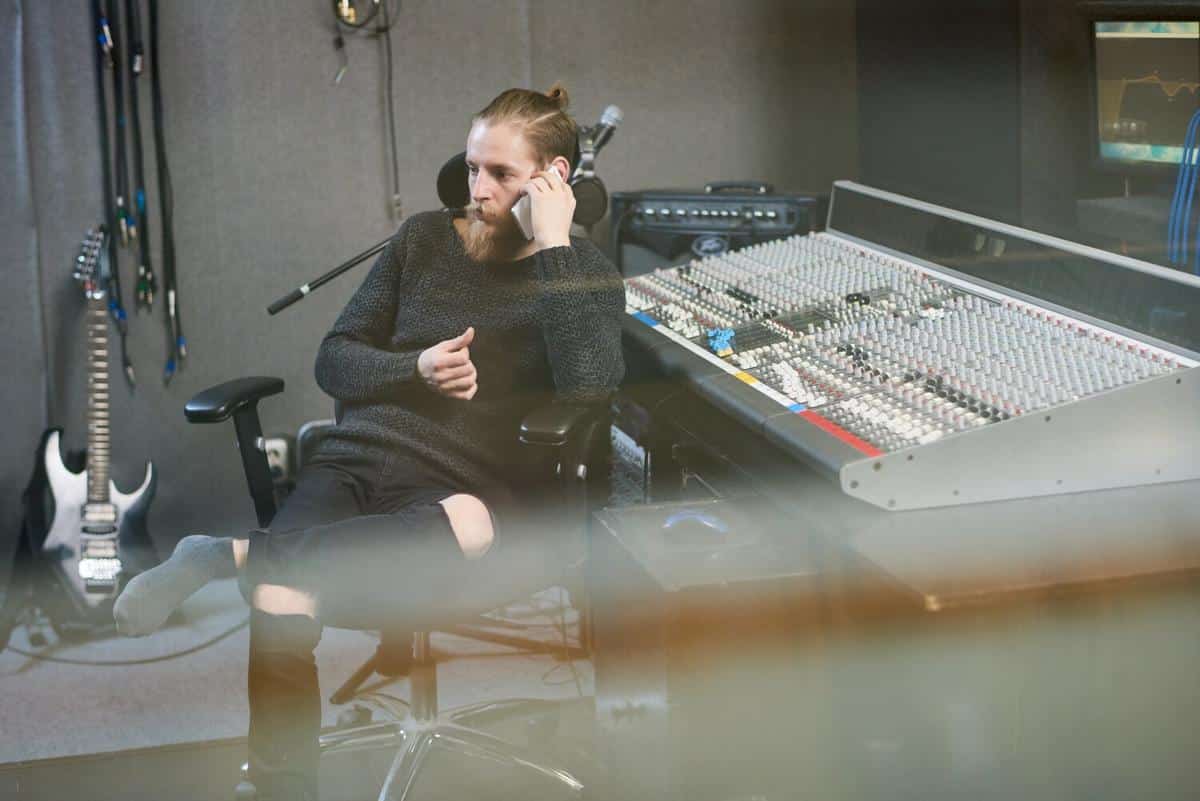
How to Capture Emotion in Portrait Photography
Capturing emotion in portrait photography is more than just pointing the camera and clicking. It’s about telling a story, evoking feelings, and connecting with the subject on a deeper level.
Portrait photography is a powerful tool for capturing the essence of a person, but infusing emotion into these images can elevate them from mere likenesses to evocative pieces of art. Understanding how to capture emotion requires a mix of technical skill, creativity, and interpersonal communication.
The Importance of Emotion in Portraits
Emotion adds depth and relatability to photographs. According to renowned portrait photographer Steve McCurry, “A portrait is not made in the camera but on either side of it.” This emphasizes the importance of the connection between the photographer and the subject. Research also suggests that images with emotional content are more memorable and impactful.
Expert Opinions and Examples
Many seasoned photographers emphasize the significance of making the subject comfortable. Annie Leibovitz, for example, often spends time talking to her subjects before shooting, allowing them to relax and express genuine emotions. This approach helps in capturing authentic moments.
Actionable Tips for Capturing Emotion
- Create a Comforting Environment: Spend time chatting with your subject before the shoot. This helps in building rapport and making them feel at ease.
- Focus on Eyes and Expressions: The eyes can convey a wide range of emotions. Pay attention to subtle changes in expression and capture those fleeting moments.
- Use Lighting to Set Mood: Soft, diffused lighting can evoke a sense of calm, while harsher light might bring out edgier emotions.
- Encourage Movement: Sometimes, asking your subject to move naturally can lead to spontaneous and genuine expressions.
Personal example: I once photographed a musician who was initially stiff and nervous. By playing his favorite music and chatting about his inspirations, I managed to capture a relaxed and expressive portrait, revealing his passion for music.
Practical Tools and Techniques
| Technique | Description |
|---|---|
| Close-ups | Focus on the face to capture subtle emotions. |
| Black & White | Remove color distractions to highlight emotion. |
| Natural Light | Use natural lighting for softer, more authentic portraits. |
| Props | Integrate meaningful props to evoke specific emotions. |
| Background | Select a background that complements the mood. |
| Angles | Experiment with angles to find the most expressive shot. |
| Continuous Shooting | Capture a series of shots to get the perfect moment. |
| Editing | Use editing tools to enhance emotional impact. |
Conclusion
Capturing emotion in portrait photography is an art that requires patience, understanding, and practice. By engaging with your subject and using techniques that enhance emotional depth, you can create portraits that tell a story and resonate with viewers.
FAQs
How do I make my subject feel comfortable?
Spend time talking to them, share a laugh, and create a relaxed atmosphere before starting the shoot.
What role does lighting play in capturing emotion?
Lighting sets the mood and can highlight specific emotions. Experiment with different lighting setups to find what works best.


